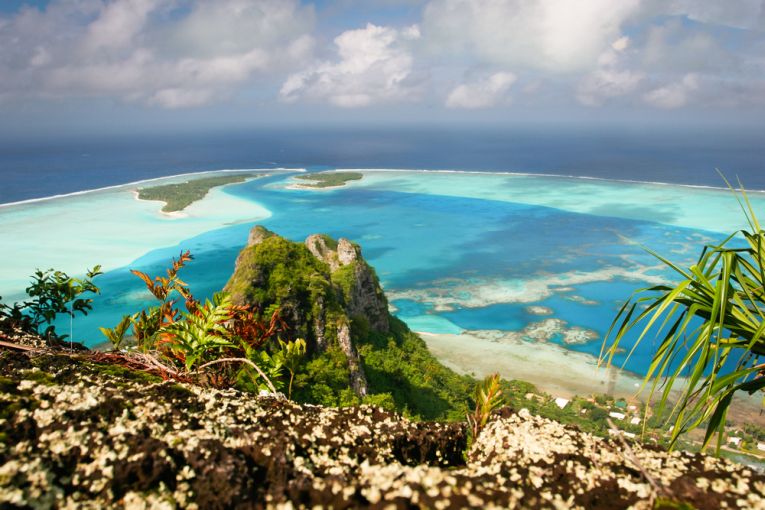The French possess 1,269 islands, from the well-known Pacific holiday resorts and the Indian Ocean's Reunion to the Caribbean. We won't forget Napoleon's Corsica in the Med, of course! Sea levels affect some of the coral islands (20% of them are actually French) more than the volcanic types, obviously, but Celine Bellard and her two co-writers have produced a paper to set the record straight. It turns out that many of these islands, large and small, could be submerged or drastically reduced in size by sea-level rise
With estimates from 0.5m to 2.0m, we cannot predict an exact rise, but with one of the worst scenarios, 12% of the islands will disappear completely. New Caledonia, just off Papua New Guinea and the other Pacific islands in French Polynesia will be most affected.
The plant species of New Caledonia that are critically endangered could be lost very quickly because they live in the littoral or shore zone. They would be followed by many animal species reliant on the habitat they provide and share. Citing an American rabbit sub-species as an example of habitat loss with sea-level rise taking away 64% of its marsh habitat, the paper proceeds to investigate effects of sea-level on islands under French jurisdiction.
Among mainland problems, the US east coast is mentioned, as it is already in trouble with coastal erosion by rising waters. New Caledonia is chosen as a case study of insular biodiversity, with 64 endemic plants listed by IUCN. Up to 2% of the islands would be lost to the sea. Nearly a third of French islands would be inundated with water by up to 25%, while half of the higher-elevation islands would be safe from permanent inundation. The plants would lose up to 4% of their habitat, but for the critically-endangered species that would rise to 6.88%! Few authorities have taken the coastal communities of these endangered plants into consideration when they design their conservation programmes.
Celine and her colleagues, Camille Leclerc and Franck Courchamp, of the Universite Paris-Sud in Orsay, extend the French situation to French Polynesia and its unique endemics and also to the total number of world islands, with similar conclusions. They published the paper in the journal Nature Conservation.










